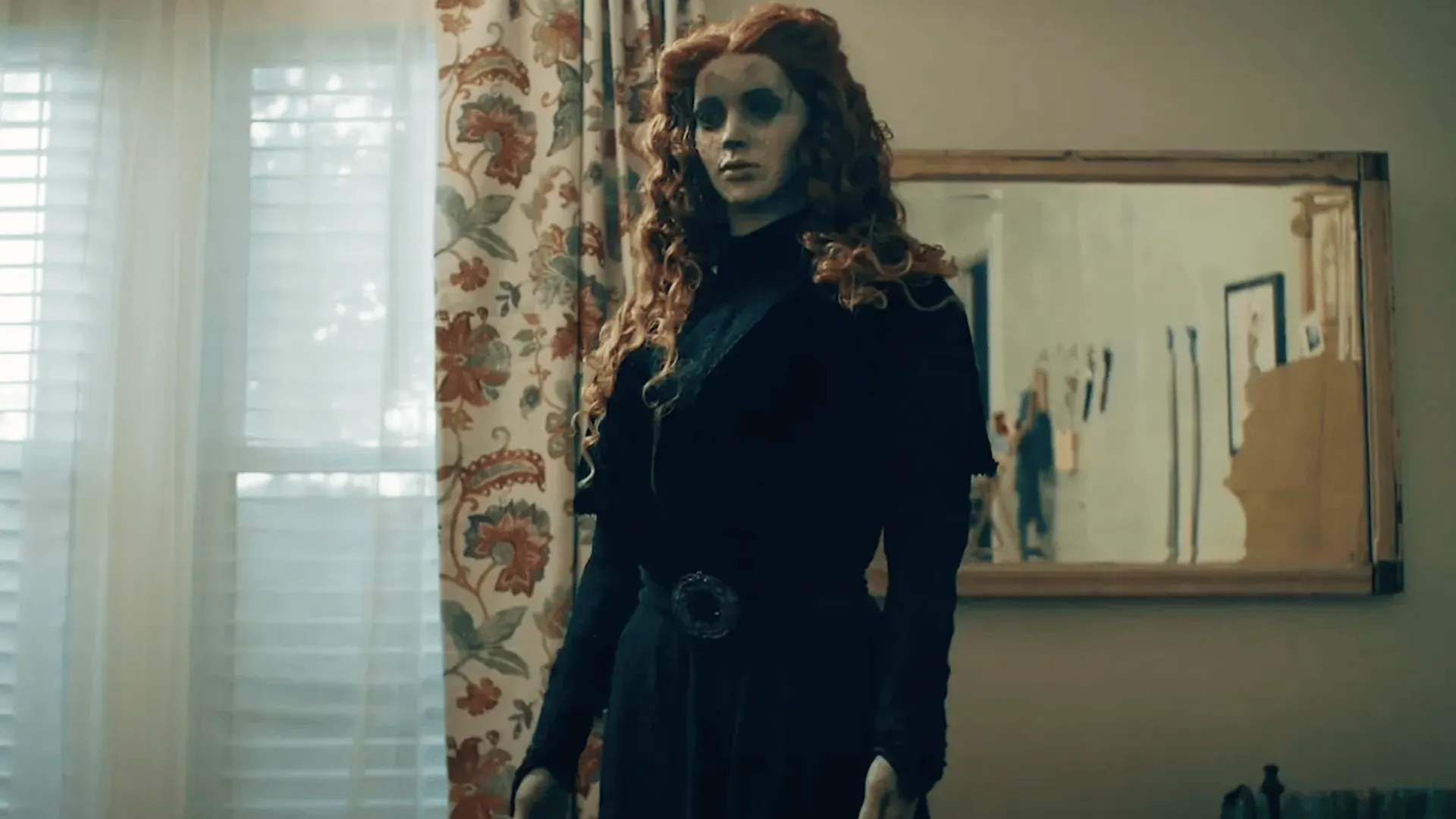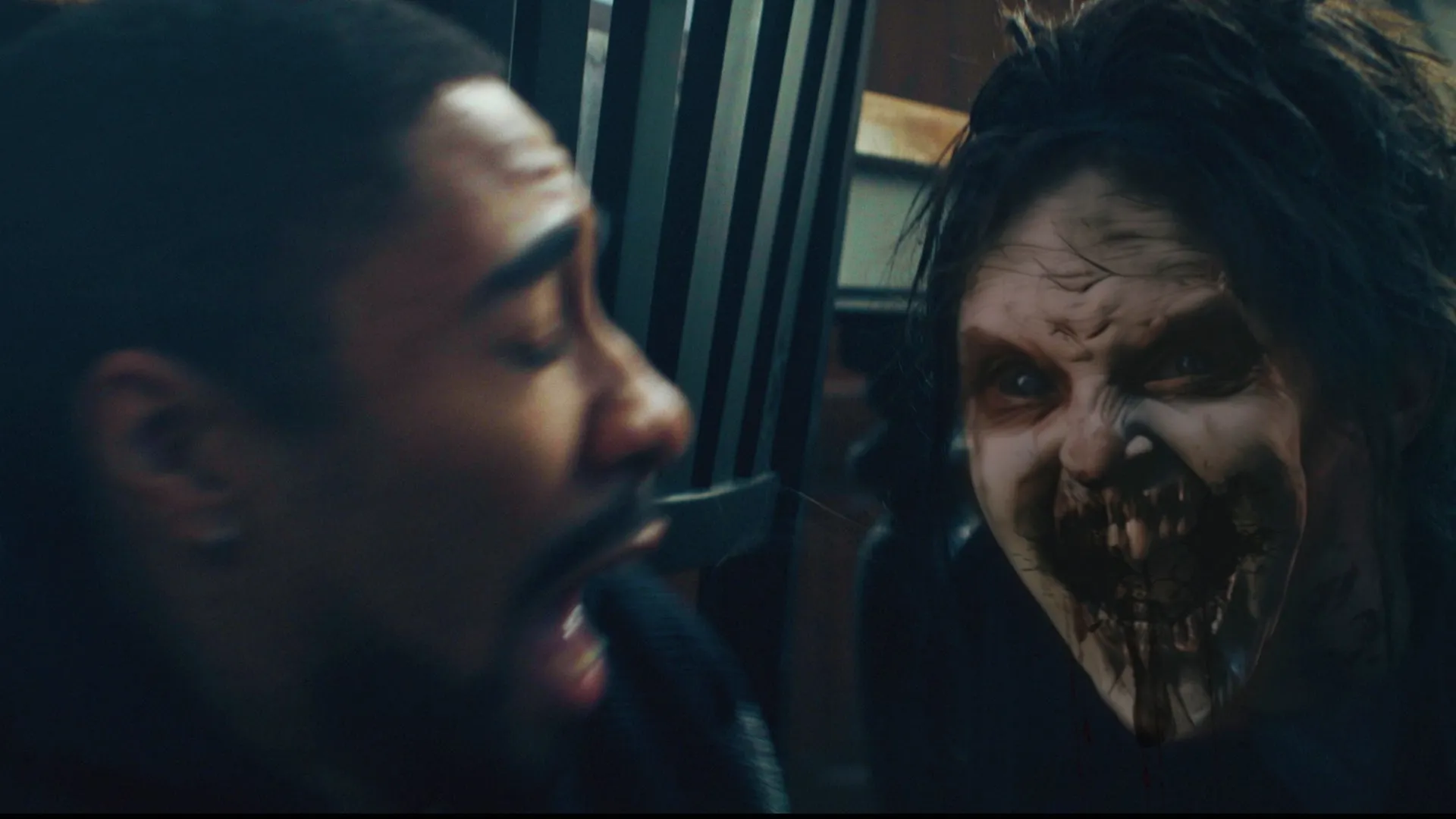It’s always a point of interest when a filmmaker known for a very specific style steps into new territory. Stephen Cognetti, whose Hell House LLC series has become a sort of cult favorite for found-footage aficionados (myself included, I’ll admit a soft spot for the Abaddon Hotel’s lo-fi chills), now offers us “825 Forest Road.”
This film signals a distinct pivot, leaving handheld intimacy behind for a more traditionally framed horror narrative. The premise beckons with a familiar disquiet: the Wilson family, reeling from loss, seeks solace in the small town of Ashland Falls.
As is often the case in such cinematic setups, their new beginning is quickly shadowed by an old, malevolent presence tied to a local tragedy, placing the film firmly in the haunted house and psychological ghost story traditions. One can’t help but wonder if the spirit that animated Cognetti’s prior work can translate to this different form.
Weaving a Fractured Narrative
The story of “825 Forest Road” draws us into the lives of Chuck Wilson, his wife Maria, and his younger sister Isabelle, as they attempt to rebuild after their mother’s passing. Their arrival in Ashland Falls, however, plunges them into the chilling legend of Helen Foster.
We learn of Helen’s grim past: a mother in the 1940s whose daughter’s suicide, a result of intense bullying, drove Helen to a terrible revenge and then her own demise. Her spirit, laden with anguish, now terrorizes the town. Central to the family’s ordeal is the enigmatic titular address, 825 Forest Road, a place seemingly wiped from maps but holding the key to Helen’s unrest.
Chuck becomes the determined protector, Maria, a seamstress, grapples with her own vulnerabilities including a history of bipolar disorder, and Isabelle, with an artistic sensibility, processes her grief amidst the mounting dread. What particularly caught my attention is the film’s structural choice: the narrative unfolds in chapters, each dedicated to the perspective of Chuck, then Isabelle, then Maria, before a final segment ties things together.
This method aims to offer different angles on the unfolding events, potentially enriching our understanding of how each character experiences the encroaching darkness and how their relationships, particularly the sibling bond and the marital strains, are tested by both personal sorrow and supernatural threat. It reminds me a bit of how some modern novels try to give you the complete picture by showing you its disparate, often clashing, pieces.
The Weight of Grief and Shadows
“825 Forest Road” attempts to dig into some heavy thematic soil. Grief is, naturally, a pervasive element, coloring every interaction and decision as the Wilsons confront not just a spectral entity but also the fresh wounds of their bereavement. The film touches upon the lasting impact of trauma and the complexities of mental health, especially through Maria’s character.
It’s a reflection, perhaps, of a broader cultural moment where horror is increasingly used as a lens to explore such profound human conditions. The film also nods towards the devastating consequences of bullying, rooting Helen Foster’s rage in a very real and tragic social issue.
In its approach to horror, the film seems to blend atmospheric intentions with more direct frights. Helen Foster is a being of sorrow and vengeance, her presence felt through dream manipulation and the unsettling animation of objects, most notably an antique mannequin named “Martha.”
This mannequin, for me, became a focal point for the film’s scare tactics – there’s an inherent creepiness to such figures, tapping into that uncanny valley. The town of Ashland Falls itself is presented as a backdrop, and one might question how deeply its specific character contributes to the overarching sense of foreboding. The film’s ambition seems to lie in making these thematic explorations resonate within its horror framework, a task that always presents a delicate balance.
Framing Fear Beyond the Shaky Cam
Stephen Cognetti’s shift from the raw immediacy of found footage to a more controlled, traditionally cinematic style in “825 Forest Road” is a significant one. This move allows for a different kind of visual storytelling. The cinematography employs varied camera angles and movements, a departure from the single-camera perspective that defined his previous work.
The production design of the house and the town aims for a certain aesthetic, though its distinctiveness in a crowded genre is up for debate. There are moments, like those employing laptop webcams, that echo his prior sensibilities, offering brief, intense glimpses that feel like a nod to his roots.
The film’s chapter-based, multi-perspective structure is a notable directorial choice. While such devices can offer deeper character insight or reveal information in intriguing ways, they also risk narrative fragmentation or a sense of repetition if not handled with precision. Does revisiting scenes from different viewpoints add new layers of dread, or does it slow the momentum?
The film’s conclusion itself invites thought; it leans towards a more somber, perhaps even abrupt, resolution. This type of ending, which avoids neat bows, is something we see more of in independent cinema, leaving the audience with a lingering unease rather than clean catharsis. It makes one ponder if the path taken by the narrative sufficiently prepares for such a final note.
The film was released on April 4, 2025, and is available for streaming on Shudder.
Full Credits
Director: Stephen Cognetti
Writers: Stephen Cognetti
Producers: Joe Bandelli, Dana Guerin, Cindi Rice
Executive Producer: John Frank Rosenblum
Cast: Joe Falcone, Elizabeth Vermilyea, Kathryn Miller, Joe Bandelli, Madeleine Garcia, Brian Anthony Wilson, Diomira Keane, Darin F. Earl II, Monica Fleurette, Lorenzo Beronilla, Jessica Albano, Leyah Rose, Lyndsey Bentham, Deirdre Koczur, Claudia Langmaid, Ray Acevedo, Mike Sutton, Annabelle Lucas
Director of Photography (Cinematographer): David Gordon
Editor: Brian D. Lambert
Composer: Karl Preusser
The Review
825 Forest Road
"825 Forest Road" sees Stephen Cognetti bravely step away from his found-footage comfort zone into more traditional horror, armed with an ambitious multi-perspective narrative and heavy themes of grief. While the structural experimentation is intriguing and the film attempts to explore profound human conditions, its execution sometimes struggles to fully integrate these elements with sustained horror. The result is a thoughtful, somewhat uneven journey down a dark path, culminating in a somber, potentially abrupt, resolution that may leave viewers with mixed feelings about the destination.
PROS
- Ambitious narrative structure attempting multiple perspectives.
- Willingness to engage with weighty themes like grief and mental health.
- Director's notable departure from a familiar filmmaking style.
- Moments of unsettling atmosphere, particularly involving specific props.
CONS
- The chapter-based storytelling can feel fragmented or repetitive.
- Visual style and production design may not feel consistently distinct.
- The ending might feel abrupt or unsatisfying to some viewers.
- The balance between thematic exploration and horror mechanics can be uneven.


















































